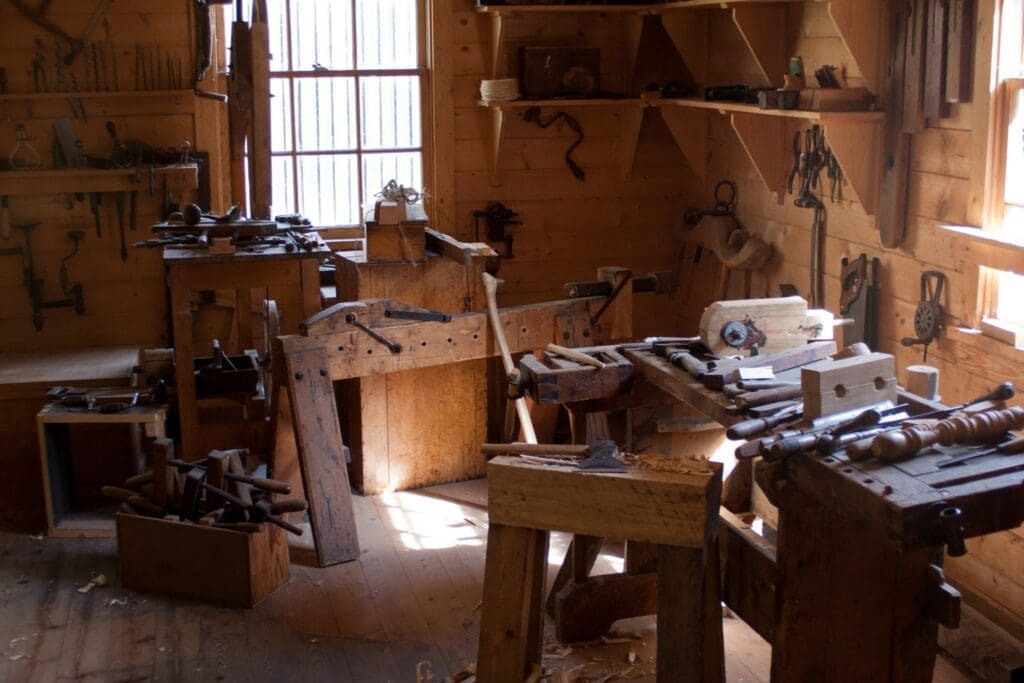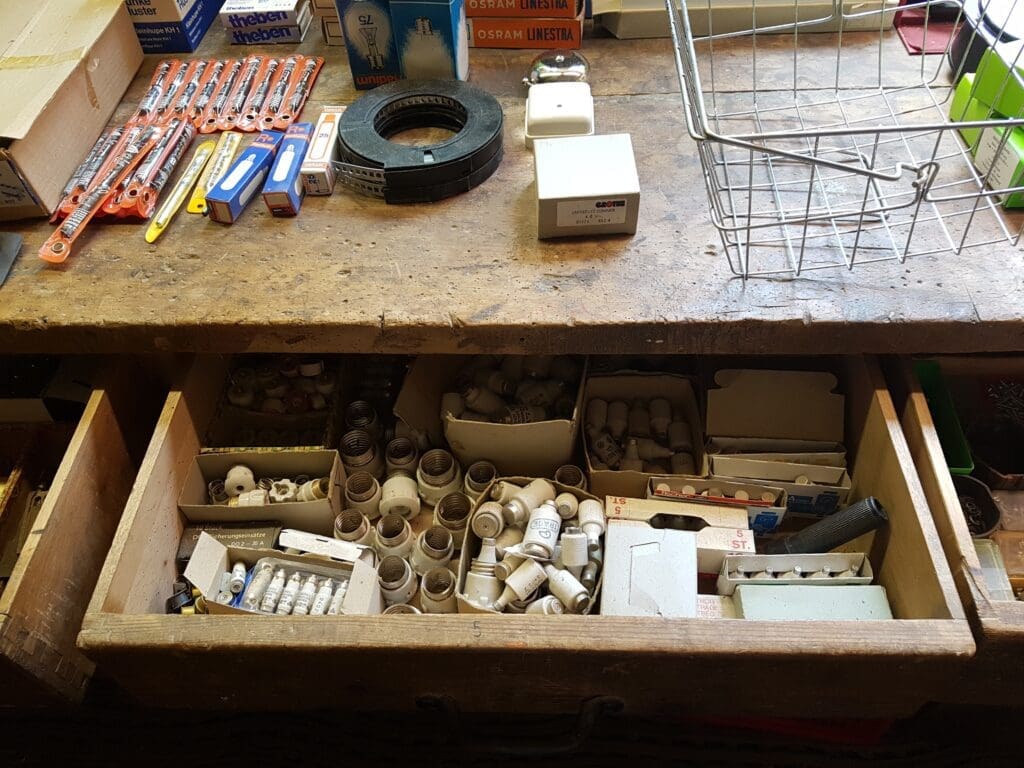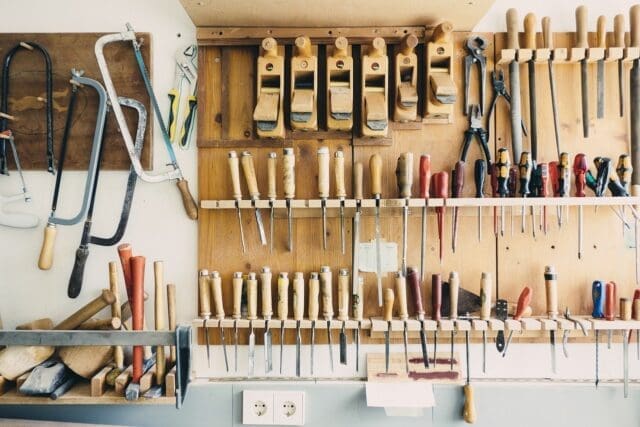You’re not alone if you’re interested in setting up a home workshop. Having a home workshop can be great because it gives you a place not just to create and store items like your tools, but you may even find that it becomes an area where you go to relax.
Consider the following things if you’re setting up your ideal home workshop.
Climate Control
If you’re going to set up a workshop somewhere like your garage or a detached building, you want to make sure that it can stay at a comfortable temperature. In the winter, you may need a heater and an air conditioner or air cooler rental in the summer.
You could consider an industrial infrared heater if central heating and air don’t reach your workshop space. In commercial, industrial spaces, you’ll often see options as Re-Verber-Ray systems used, but unless your workspace is pretty massive, you won’t need something like that.

You may be able to use a forced-air unit, although if you do a lot of woodworking, that can blow around dust and debris. A convection heater circulates the air around and across the heating element, heating the air around you.
If you need to cool the space, you have several options.
For example, you can use a window air conditioner or use a dehumidifier, which will take the moisture out of the space and make it feel cool and dry.
There’s also ductless heating and cooling, which uses a single unit and is sometimes called a split system.
Lumber Racks
If you’re storing lumber in your workshop, which is a likely possibility, you should start designing your space by adding some racks for it.
It’s easy to make most lumber racks, and it’ll help keep your workshop cleaner and more organized.
You don’t want your lumber in your way or on the floor.
Benches
You don’t have to spend a lot on benches, and you can make them yourself as well.
You can make your benches mobile or secure them to the wall. You might even go with both options.
The size you choose will depend on what you’re going to do most often in your workshop.
If you do traditional woodworking with hand tools, you’ll want a bench that’s 32 to 34 inches. If you do metalworking, maybe aim for 36 to 40 inches, and if you build things while sitting, 29 inches should work.
You can also have a bench attached to the wall and then do a simple metal folding table in the middle of your space that you can remove if you need to.


Another creative idea is to use an older dresser as a small bench if you don’t have a lot of space. You can store items in the drawers, and then you have the workbench on the top of the dresser.
Dust Collection
When you’re cutting wood, it can create a lot of airborne dust, and that can be bad for your health. You need to set your workshop up so that you can prevent the generation of airborne dust.
That means you collect it right at your woodworking machine.
You can choose a dust collection system that will have the capacity you need, based on how much work you do.
You might want a dust collector that you can wheel around to any area where you’re working at that time.
How Much Space Do You Need?
If you’re going to be doing primarily woodworking in your shop, you should have at least 75 square feet of space, but 125 square feet might be better, so you’d have more room for lumber storage. You’ll also have to consider how many power tools you need your workshop to hold.
You’ll want your workbench to have for sitting and standing, and it should be at least four feet from any stationary machines.
Machines should be spaced at least three feet from one another, but you can add wheels to your equipment if you have limited space.
Lighting
Without the right lighting, your workshop functionality won’t be optimized.
Your lighting should include three categories—ambient, task, and accent lighting. Ambient lighting is soft overhead lighting that helps you see your floors. Task lighting is brighter and more focused for your high-detail projects, and accent lighting is somewhat in between the other two categories.
Finally, before choosing specific light fixtures, measure your space to see how much output you need.
You should aim for 50 lumens per square foot in a residential garage and 300 lumens per square foot in a workshop.
Featured Image from Free-Photos on Pixabay




